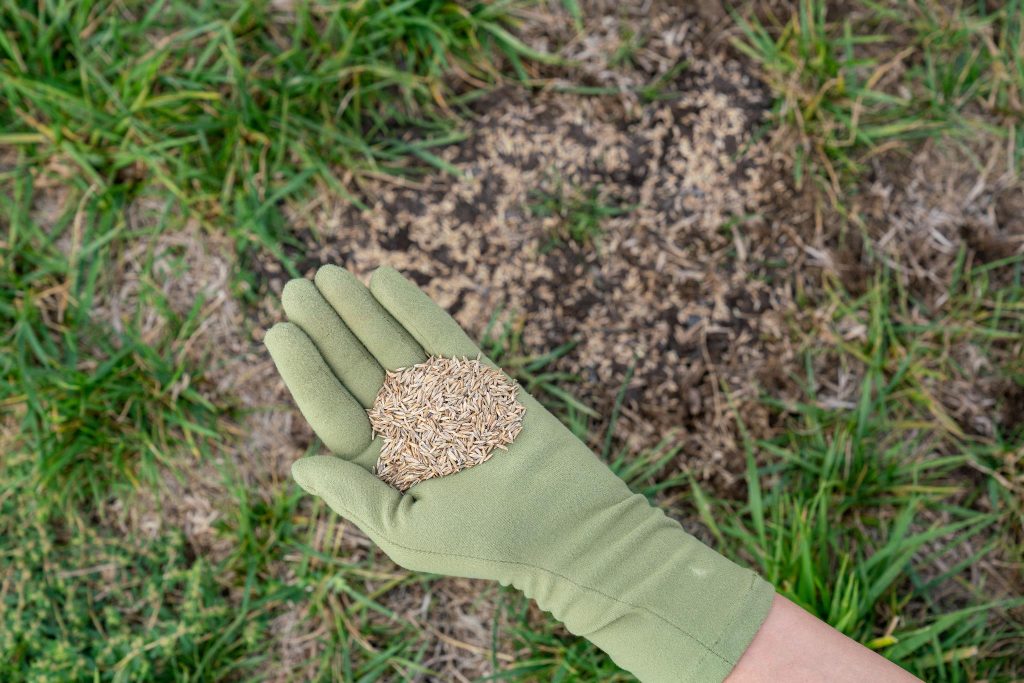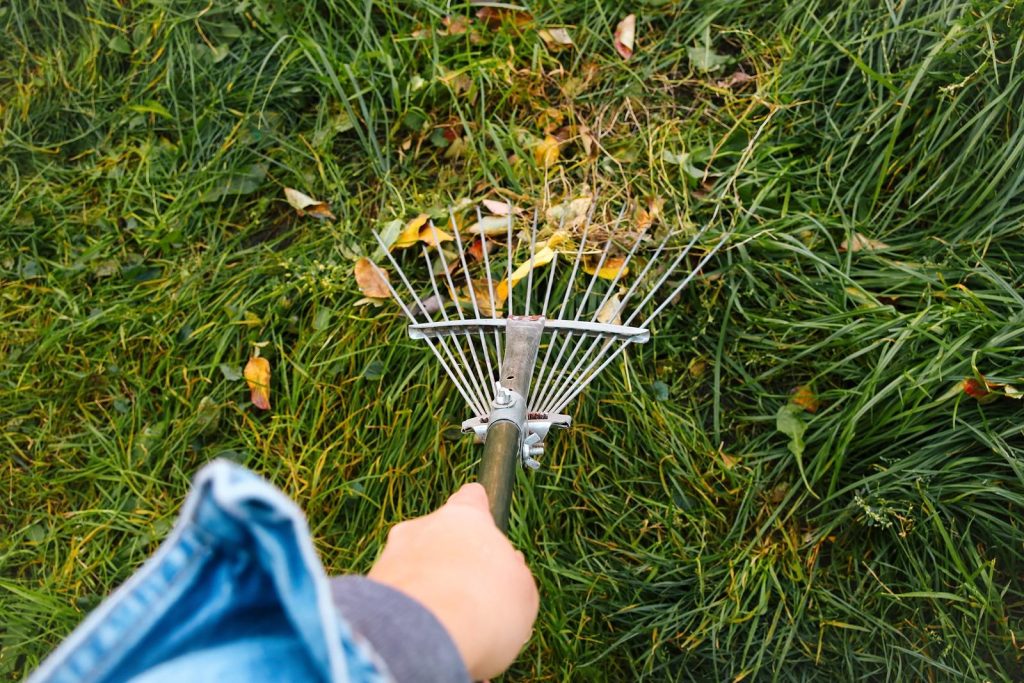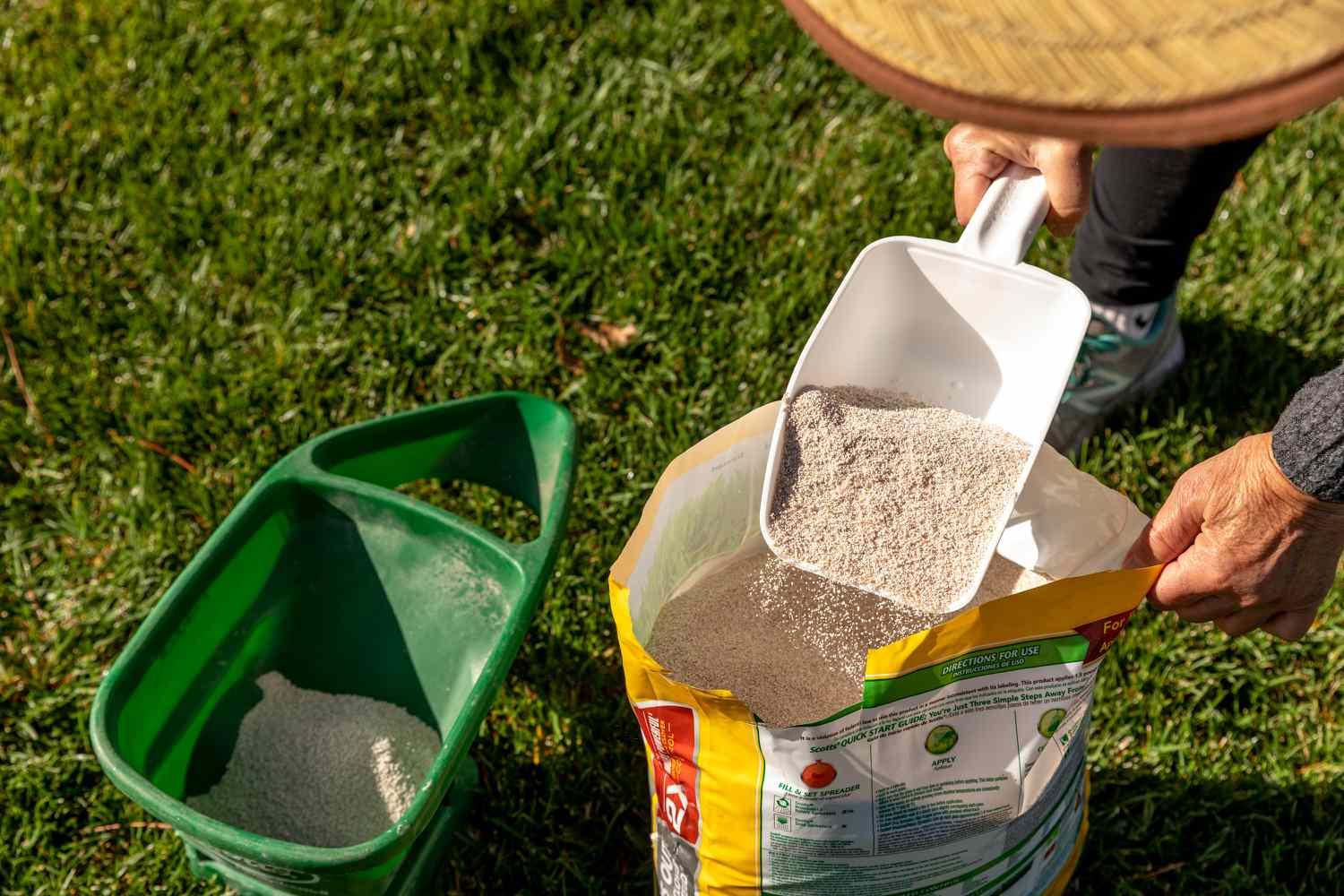Have you ever watched a lush spring carpet turn patchy by midsummer? That dip usually traces back to timing. A lawn fertilizing calendar maps out exactly when the soil can use each nutrient bump.
This guide blends agronomy research with hands-on yard experience to create an easy seasonal lawn care roadmap. Follow the grass feeding guide to sync feeding dates with soil temperature, rainfall patterns, and grass type. Track lawn nutrition by season and give the yard the fuel it needs to stay thick, green, and resilient twelve months a year.
Why Seasonal Feeding Matters for Lawn Health

Spring kicks the lawn into high gear, and that burst of blade growth craves nitrogen. Summer heat slows photosynthesis, so lighter feedings pivot to potassium for drought defense. Fall cools the soil, roots bulk up, and a balanced application rebuilds energy reserves before winter dormancy.
Skipping winter fertilizer prevents waste while grass rests. This rhythm-based approach is seasonal grass maintenance at its core: tweak rate and formula when feeding lawn by season to sync with the natural lawn health cycle.
Author’s Note: Check out our similar post Lawn Fertilization Schedules for even more in-depth recommendations on Spring, Summer, Fall, and Winter fertilizers.
Spring Revival: Energizing Your Lawn After Winter
Fresh sunshine and thawed turf signal feeding time. Wait until the last frost has passed and soil warms to about 55 °F. That’s when grass growth in spring kicks off. Drop a balanced, mainly high-N blend, about one pound of actual nitrogen for grass per 1,000 sq ft, using a spreader set for even coverage, then water lightly so granules melt into the thatch.
This first dose of spring lawn fertilizer pushes deep root repair and steady top-blade color without forcing lanky shoots. Finish by mowing a day or two later and leave the clippings.
Summer Support: Protecting Grass Through Heat and Drought

Blazing midsummer days can fry turf before lunch. For summer lawn care, lean on slow-release granules around 20-0-10.
Apply in the early morning, then water ½ to 1 inch deeply each session. Shallow sprinkles invite scorch, and most lawns still thrive on that weekly target. Keep blades a tad higher to shade crowns and pair potassium-rich feeds with drought-resistant grass tips such as leaving clippings as mulch.
When fertilizing during heat, skip days above 90 °F and always rinse pellets off leaves to avoid burn. Steady moisture plus light biostimulants cap the lawn stress prevention playbook.
Fall Prep: Strengthening Grass Before Winter
Fall is prime time to toughen up turf for the cold months ahead. Start your fall lawn feeding using a high-potassium fertilizer. Extra potassium for lawns boosts root stamina and freeze tolerance.
Core plugs heal quickly in cool, moist soil, so go ahead and aerate and fertilize on the same weekend. Scatter fresh seed over bare patches right after plugging to thicken coverage.

Keep leaves from matting by mulching or quick rakes. The goal is airflow, not a smothered carpet. Follow these steps to prepare the lawn for winter and greet spring with green, not mud.
Winter Readiness: Dormant Season Nutrition Tips
Late fall isn’t downtime. It’s the moment to tuck the turf in with a winter lawn fertilizer rich in potassium. This stores energy before growth pauses, anchoring roots for frosty weeks to come. Once temperatures dip to the low 50s °F, shift focus to dormant grass care: cut nitrogen, keep blades near three inches, and water just enough to stop desiccation.
A targeted potassium fertilizer fortifies cell walls and lifts freeze resistance. Finish with light raking to clear debris.

Matching Fertilizers to Each Season’s Needs
Spring perks up with a 20-2-12 NPK lawn fertilizer. Choose quick-release granules for that early green burst. Summer stress eases when a slow-release 20-0-10 blend feeds steadily and limits scorching.
Cool-season turf in early fall responds to high-nitrogen 20-8-8 or 24-0-12, then a late-season 13-25-12 phosphorus push drives root growth. Warm-season grass prefers a more balanced mix at the same dates. Winter nutrition wraps with a 16-4-8 “winterizer” that fortifies cells while soil stays above 40 °F.
Compost tea, fish-seaweed blends, and alfalfa pellets deliver year-round organic lawn feeding across all seasonal fertilizer types, letting homeowners rotate slow and quick formulas to lock in the best lawn fertilizer results.
Application Tips for Optimal Feeding Results
Ready to feed the grass without leaving stripes or scorch marks? Begin by checking soil moisture. Slightly damp grass absorbs nutrients better and lowers burn risk.
Early morning or late afternoon in mild 50-85 °F weather keeps heat stress low. Grab the bag’s spreader chart, calibrate on a driveway, then set half-rate and make a north-south pass, repeating east-west for even lawn feeding.
Water immediately after granular applications or within four hours for liquids to lock in nutrients and avoid burn.

Master how to fertilize your lawn by first watering lightly, then applying lawn fertilizer at the label rate, never before a heavy rain forecast.
Avoiding Common Lawn Feeding Mistakes
Missing the mark on lawn feeding drains money, color, and patience. Some of the most common lawn fertilizing mistakes include overfeeding grass, applying product just before a storm, and skipping spring-or-fall boosts.
These lawn care errors burn blades, leach nutrients into waterways, and leave roots starving during prime growth windows. Set phone reminders for seasonal feedings, stick to label rates, and spread fertilizer on mild, dry days, watering lightly afterward to lock food in.
Consistent timing fends off common lawn issues such as thatch buildup, weed invasion, and patchy yellowing for a healthier, greener yard.

Conclusion: Feed Smarter, Grow Greener
A lawn fed on the calendar, not on a whim, pays you back with thick, brag-worthy turf. Follow a spring boost as grass wakes, a late-spring top-up, a mid-summer refresher, and a fall root builder.
Year-round lawn care hinges on matching nutrients to soil temperature and growth cycles, keeping nitrogen light in summer heat and potassium high before winter. Stick to a sustainable lawn routine by measuring, not guessing, watering after each feed, and jotting healthy grass tips after every mow. Smart seasonal yard planning turns observation into habit.
Get your spreader, feed on schedule, and share before-and-after shots below!


